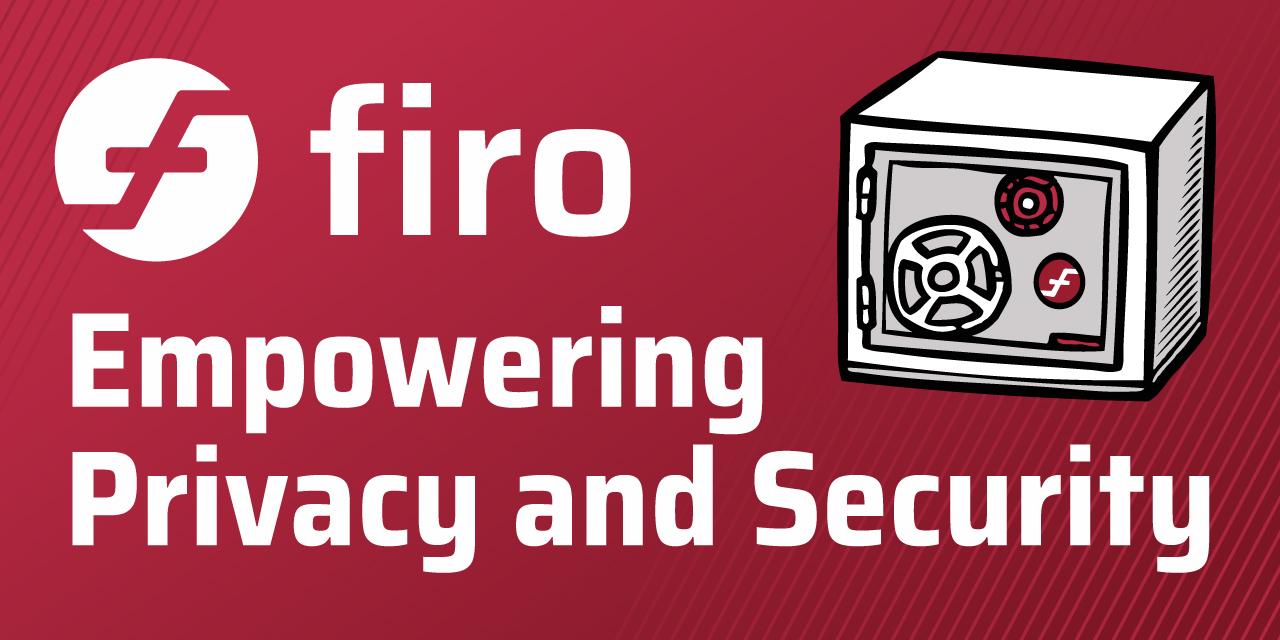
What is Firo?
In today’s digital age, privacy and security have become increasingly important concerns for individuals and businesses alike. With the rise of surveillance, data breaches, and privacy infringements, there is a growing need for innovative solutions that can safeguard our sensitive information.
Enter Firo, a groundbreaking open-source cryptocurrency project that leads the way in privacy technology, offering unprecedented privacy and security. Firo places a strong emphasis on privacy and anonymity. It is built on a robust and secure blockchain and aims to provide individuals and organizations with a decentralized and untraceable way to conduct transactions while preserving user confidentiality and working in collaboration with other members of the BPSAA alliance.
The Privacy Technologies Behind Firo
Initially launching with Zerocoin technology, Firo was the first coin to implement the new privacy technology and later upgraded this privacy protocol to Sigma which was a grand improvement in privacy technology even making Firo Trustless Setup. While Sigma was coded from scratch by Firo’s dev team, neither one of these protocols were researched by Firo and were made from existing papers.
This was all changed by the dedicated research arm of Firo, which has led to the evolution of its technologies over the years. This led to the research of, and coding for, Firo’s current privacy protocol: Lelantus. Extensive research and development has been continued into the next iteration of our privacy protocol, Lelantus Spark! While Zerocoin & Sigma are noteworthy, we will focus on Lelantus, Lelantus Spark, and the additional privacy tech in this post.
Lelantus is a privacy model that uses zero-knowledge proofs (ZKPs) to provide anonymity. Not to be confused with ZKSnarks; Firo utilizes a specialized ZKP called one-out-of-many proofs which makes us Trustless Setup. Just as with other ZKPs, one-out-of-many proofs allow users to prove they possess certain information without revealing the actual information.
In the case of Firo, one-out-of-many proofs are used to prove that someone has “burned” their Firo (anonymized it) and received a “receipt.” This receipt enables them to spend (mint) fresh coins with no transaction history or connection to the user.
Anonymized coins are sent to accumulators, where Firo “accumulates” and builds the anonymity set over time. Because of this, there are multiple accumulators, and the sliding window changes to which accumulator anonymized coins are sent. Thanks to this system, Firo boasts an impressive anonymity set of over 65,000!
Elysium is Firo’s tokenization layer, allowing tokens to be created on the Firo blockchain and benefit from all the privacy technologies. In the future, Elysium will bridge assets like stablecoins, providing them with Firo’s superior privacy technology.
With the advent of Lelantus Spark, the path for an upgrade for Elysium called Spats (Spark Assets) is opened up to be implemented at a later time! This upgrade for Elysium would enable all tokens on Elysium to share accumulators, ensuring that no asset on the tokenization layer can be distinguished from any other.
Lelantus Spark is the next iteration of Firo’s privacy protocol, bringing significant changes. Lelantus Spark introduces privacy by default with Spark Addresses. Allows for implementation of Spark Assets (Spats) and Helsing. Later on, it will also allow us to automatically anonymize mining rewards. While there will be a temporary period where transparent transactions are necessary for services to implement Spark Addresses, the transparent layer will eventually be eliminated, and users will have access to view keys.
Lelantus Spark is modular and built upon well-known cryptography, making it more secure, easier to audit, and expand upon. Computation offloading allows even low-powered devices like hardware wallets to support Spark transactions by offloading computation to phones or PCs. Lelantus Spark also features efficient Multisignature operations, enabling multiple non-trusting parties to cooperate and authorize transactions through a multi-sig address.
The “Other” Technologies Behind Firo
While Firo primarily focuses on privacy, it also incorporates various security, quality-of-life, and external infrastructure layers to enhance its value and utility. Some notable features include GPU-PoW, a hybrid security system utilizing Long-Live Masternode Quoroms (LLMQ) Chainlocks, and a modified ProgPoW mining algorithm resistant to ASIC and FPGA called FiroPoW.
Additionally, Firo offers Instant Send, which also utilizes Firo’s masternode network to enable near-instantaneous confirmation of transactions by utilizing LLMQ Chainlocks and the masternode network to quickly lock, validate, and confirm transactions.
Firo works seamlessly with the Tor network, providing anonymous networking when using the Firo network. Additionally, Firo implemented Dandelion++ on its mainnet, a built-in privacy-enhancing network layer protocol.
Dandelion++ improves transaction anonymity by changing the way transactions are broadcast, delaying dissemination, and introducing randomness, making it extremely difficult to track transaction origins.
Conclusion
If you’re looking for a privacy-preserving, decentralized, scalable, and secure privacy cryptocurrency, then Firo is your ticket. Firo represents a significant step forward in the realm of privacy-focused cryptocurrencies and is absolutely committed to continuing the development of cutting-edge privacy-enhancing and preserving technologies.
By combining cutting-edge blockchain technology with robust privacy protocols, Firo empowers individuals and businesses to conduct transactions securely and confidentially with easy-to-use interfaces. With its unwavering commitment to privacy, decentralization, and community-driven development, Firo is poised to play a pivotal role in the ongoing quest for privacy and security in the digital age.